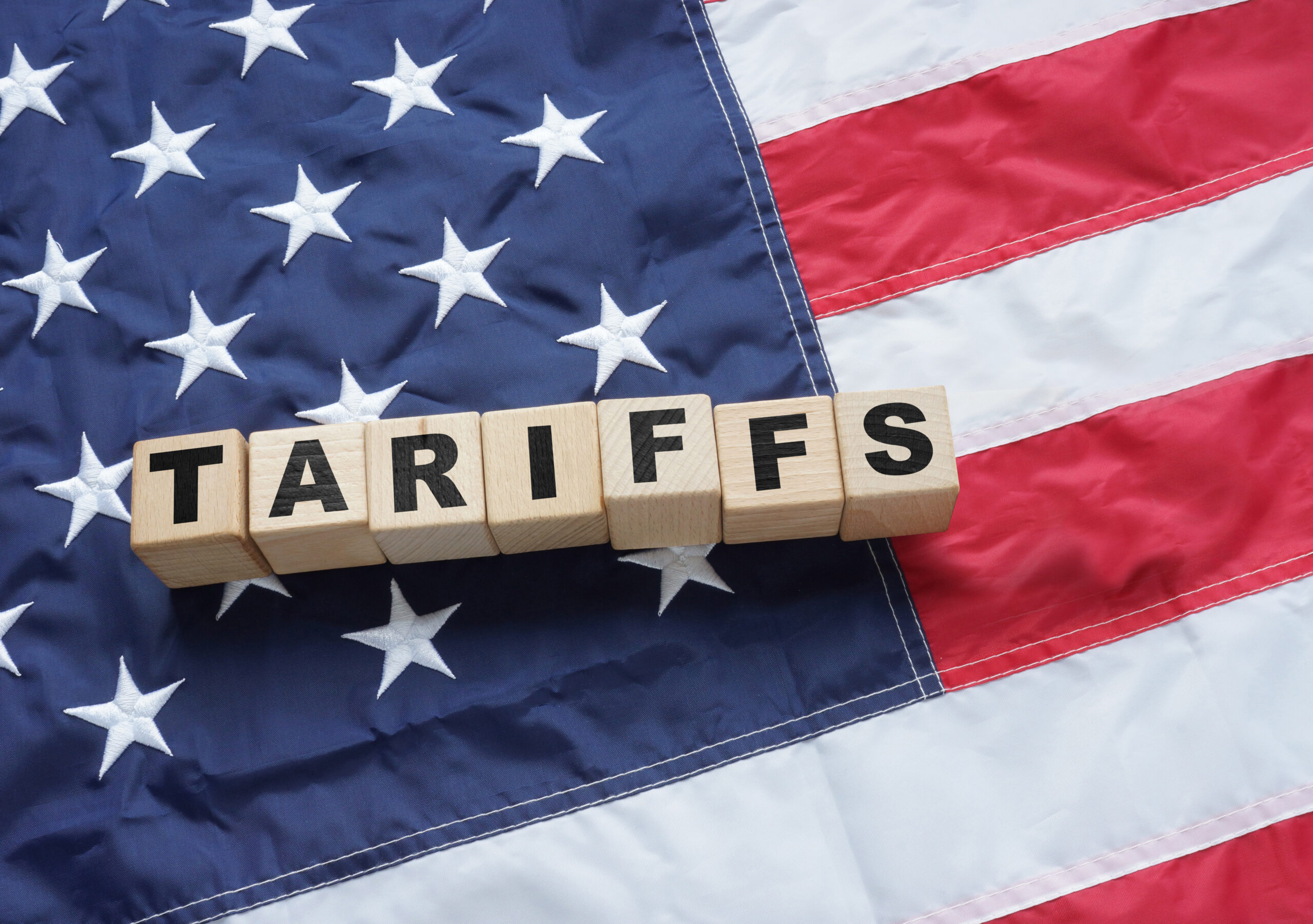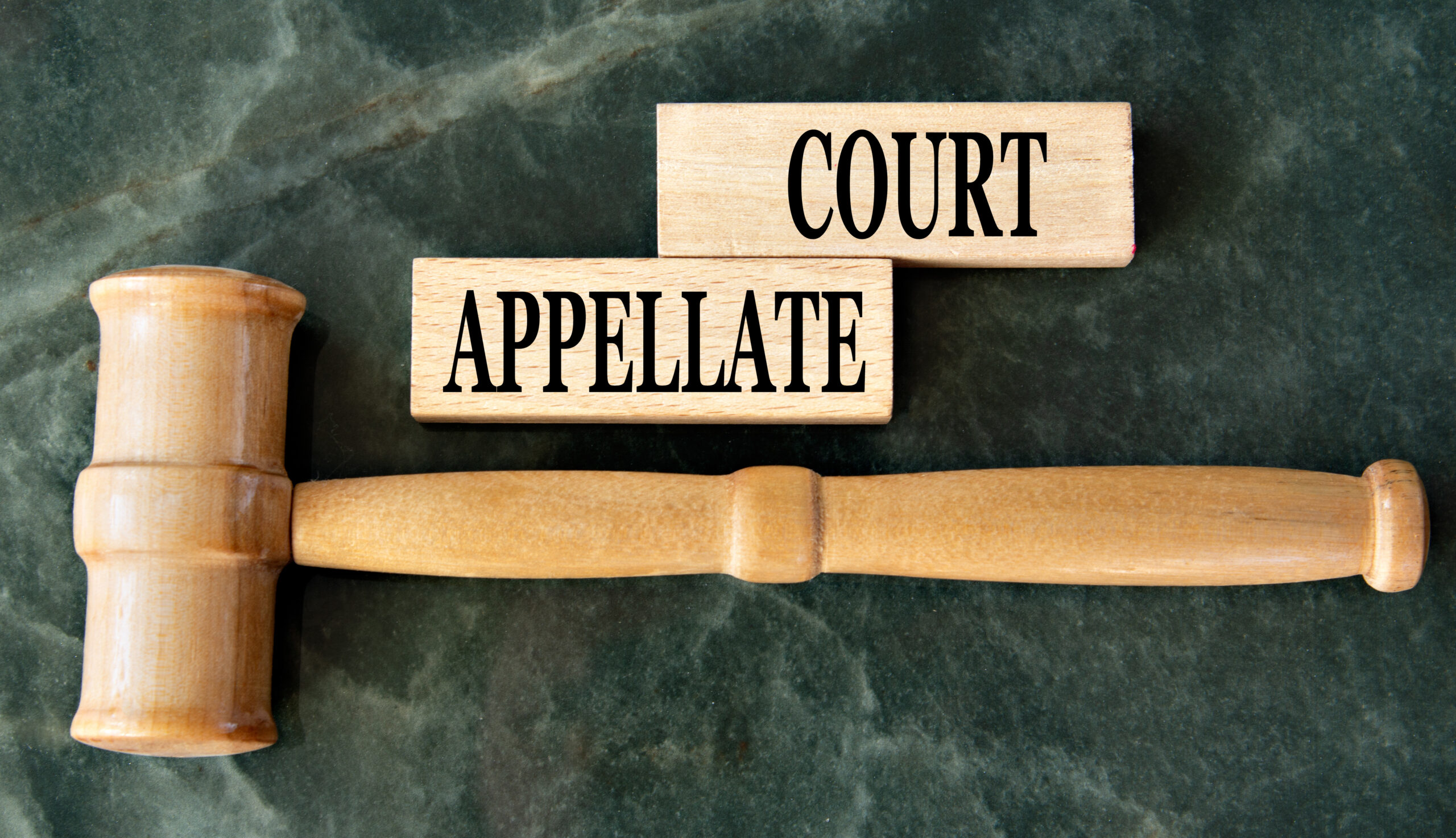A customer’s bankruptcy filing can be disheartening. There may be accounts receivable which become doubtful of collection. A leased property may suddenly become vacant. Loan collateral may be returned, or action may need to be taken to recover property. And, importantly, a business source may be lost.
Adding insult to injury, you may be faced with a demand from a trustee to return payments received within the ninety days prior to the bankruptcy filing. To some, this is incomprehensible – that money legitimately owed needs to be returned, sometimes on top of a significant loss, because the customer’s business failed. Others simply throw up their hands in disgust and resignation, but dutifully return the funds to avoid litigation expense, feeling that the situation is unfair, but unavoidable. The truth is that there are defenses, and although the “preferential transfer” section of the Bankruptcy Code is real, in many cases liability can reduced, if not avoided entirely.
What is a “Preferential Transfer”?
One of the goals of the Bankruptcy Code is to provide for the equal treatment of similarly situated creditors. In order to foster this goal and to avoid collusion, or even arbitrariness, Congress determined that those creditors who were paid within 90 days prior to a bankruptcy should not be “preferred” merely because they happened to be paid when others were not. Thus, the idea is that those creditors who were “preferred” should return the payments received – without regard to any actual intent to favorite those creditors – and the funds go into the bankruptcy “pot” for “equal” distribution among all creditors.
Accordingly, payments (or transfers) made within 90 days of a bankruptcy filing, on account of an antecedent debt, while the debtor was insolvent, and which allow the creditor to receive more than it would have had the transfer not been made and the debtor were liquidated under Chapter 7, are regarded as preferential transfers. The debtor is presumed to have been insolvent during the 90-day period before bankruptcy. Transfers meeting this definition are “avoidable,” meaning they may be recovered by the trustee. Where “insiders” of the debtor are involved, the reach-back period is one year, but there is no presumption of insolvency beyond the 90-days.
If your business hasn’t come across a bankruptcy preference issue, you are among the fortunate few. You should be forewarned that arguing that the concept is “unfair,” “unbelievable,” or “ridiculous” won’t get you very far. However, there are defenses and strategies available.
Analyzing a Preference Claim
While the popular wisdom may be that all sums received within the 90-day period prior to a bankruptcy filing must be returned on demand; that is not true. The first line of analysis begins with the elements of the claim: was there a transfer of an interest of the debtor in property? Possibly the payment came from another party, such as an affiliate or owner of the customer, or an insurance carrier. Maybe there wasn’t a “transfer,” but some other mechanism by which a debt was addressed. Was the transfer “to or for the benefit of a creditor”? Sometimes, the transfer may have been to another party, but did the creditor benefit? Was the payment on “account of an antecedent debt”? Many times, the payment is for new goods or services, which would not have been provided but for the payment. Was the debtor truly insolvent at the time? While there is a presumption, it is rebuttable. If you have evidence of solvency, the presumption can be overcome. The test is a balance sheet test, and in some cases an investigation may show that the debtor was solvent when the payments occurred.
The timing of the payments also bears looking into – does the date of a check control? Or is it when the check clears the debtor’s bank account? The counting of the 90 days is very specific, and one day can make a significant difference. Similarly, while it can often be assumed that receipt of the transfer enabled the creditor to receive more than it would have absent the payment, if the case was filed under Chapter 7 (i.e., liquidation), that is not always true. If the creditor had security for the debt, it is possible that the payment did not result in an improvement of position, and thus there is no “preference.”
Statutory Defenses
The Bankruptcy Code itself contains several powerful defenses to a preference claim. For example, under the “contemporaneous exchange” defense, a transfer for new value that is intended to be contemporaneous and is in fact substantially contemporaneous is exempted from avoidance. Whether a transfer is “substantially contemporaneous” can be a question of fact. For example, would a check in payment for a shipment (such as a COD payment) be substantially contemporaneous? Or does it depend upon when the check clears the debtor’s bank? What if the check received is actually post-dated? Or is returned once, and clears on re-deposit? Suffice it to say, that the statute provides some room for negotiation.
Another valuable defense is the “ordinary course of business defense.” In addition to seeking to protect creditor equality and fairness of distribution, Congress also wanted to leave undisturbed ordinary business relations, and to encourage creditors to continue to deal with troubled companies without fear that doing so would result in increased liability. The ordinary course defense applies where the transfer was made in the ordinary course of the parties’ business and according to ordinary business terms. The courts have also recognized that the longer two companies do business, the more they can vary standard terms and still fall within the ordinary course. Armed with this information, many apparent preference claims can be defeated. Sometimes, the issue comes down to counting the days between invoices and payments and looking for averages. In others, a more holistic overview of the parties’ relationship is considered, as are vagaries among various industries. Even a one-time transaction can be considered ordinary. Clearly, the ordinary course of business defense is highly factual. Working with counsel, an accountant or an industry expert may result in substantial savings in the face of a demand to return allegedly preferential payments.
The “new value” defense is another strong defense that can reduce or eliminate preference exposure. The defense applies to the extent that, after the receipt of a payment, the creditor supplied the debtor with “new value” for which the debtor has not paid. By way of example, if a customer is on 30-day payment terms, but is stretching out payments beyond its normal turn around, and you continue to fill orders as payments become increasingly delinquent, the unpaid shipments can represent an offset to any preference claims with respect to payments that were received. In many cases, the new value defense can be combined with the ordinary course of business defense to reduce or eliminate preference exposure.
There are a total of nine enumerated defenses which should be reviewed and applied to the facts. The invocation of applicable defenses may bring about the prompt and relatively inexpensive resolution of a demand for the return of payments.
Other Strategies to Avoid Preference Liability
Like most legal claims, a preference action is subject to a statute of limitations. The deadline to commence a preference suit is generally two years from the entry of the order for relief (the date when the bankruptcy case was commenced). However, the deadline can be extended depending upon when a trustee was appointed. Confirming that a demand is timely is critical.
In many Chapter 11 (reorganization) cases, preference clams are “assigned” to a Creditors’ Committee or to a Liquidation Trust. In any case, the legal standing of the party to bring the claim should be confirmed. Under the Bankruptcy Code, preference actions are the province of the trustee; however, “trustee” can mean “debtor” in some instances, and the claims may be assigned. If the demand is from another party, their ability to assert the claim should be confirmed.
Although I am aware of no cases which have adopted this theory, in some cases an argument can be made that where a creditor that was entitled to assert a lien (e.g., a mechanic’s lien) but did not do so based upon the receipt of payment, it did not receive more than it would have had the payment not been made – because it would have filed a lien and been entitled to secured status. While not tested in the courts, such an argument may provide leverage against a trustee who has many cases to think of, and can’t risk a bad precedent. Generally, such equitable arguments have not been successful; however, in an appropriate case, may be worth pursuing, if the stakes are high enough.
Recently, a bankruptcy court permitted a creditor to offset an unpaid post-bankruptcy claim against a preference claim. The Court concluded that the creditor had a common law right of setoff and could assert an unpaid administrative priority claim against a preference complaint as a counterclaim. The Court reasoned that the administrative claim arose post-bankruptcy and, because such claims do not exist absent bankruptcy and arise only upon a bankruptcy filing, so did the preference claim. The ability to assert a setoff defense to a preference action provides yet another mechanism to contest a preference claim.
Jurisdiction and venue are also issues to be considered. Bankruptcy Courts exercise broad jurisdiction over bankruptcy claims and claims related to bankruptcy cases. Usually, proceedings arising in or related to a bankruptcy case are brought in the same district where the bankruptcy proceeding itself is pending. However, claims below certain dollar limits can only be brought where the defendant is located. This limitation prevents a possibly abusive situation where the costs to defend a small claim would result it in not being defended, with the result that a judgment is entered in a remote forum, but which can easily be transferred and registered in the defendant’s home district, where it could be enforced. If other defenses whittle a claim down to the point where the remaining amount falls below the jurisdictional limit, then the case must be dismissed (if not in the defendant’s home district).
Negotiation and Settlement
In most cases, a reasonable trustee will recognize that there is an aspect of unfairness to the preference statute and, while the statute is the law, will be willing to compromise such claims in order to avoid costs to the bankruptcy estate. Leveraging the available defenses can substantially drive down the cost of resolving a preference claim.
Similarly, a creditor holding a significant unsecured, pre-petition claim can pursue waiver or reduction of that claim in exchange for reduction of the preference exposure. Arguably, preference recoveries are to benefit unsecured creditors collectively, so waving a 5- or 10-cents on the dollar claim in exchange for a reduction in preference exposure may be mutually beneficial to the creditor and the bankruptcy estate.
Of course, it would be naïve to believe that all preference recoveries find their way back to unsecured creditors. Sometimes, such recoveries pay the administrative expenses of a failed reorganization. In other cases, there are priority claims, such as unpaid taxes, that consume preference recoveries. Knowing the lay of the land in the bankruptcy case, such as who benefits from the recovery, is another factor that will permit a creditor to posture for the best result under the circumstances. Moreover, counsel for the trustee should be engaging a risk/reward analysis, which should in turn lead to a rational resolution between knowledgeable and sophisticated parties. Where a palatable settlement can’t be reached (many courts send preferences case to mediation to encourage settlement), a creditor may find a sympathetic ear in a bankruptcy judge who appreciates the many aspects of preference litigation.
As this brief summary discloses, there is substantial ammunition available to the creditor sued on a preference claim. The options go beyond the choice of “giving up” and “surrendering.” Understanding the possible defenses and other strategies, and conveying them effectively to the other side, will greatly aid businesses confronting bankruptcy preference clams.









